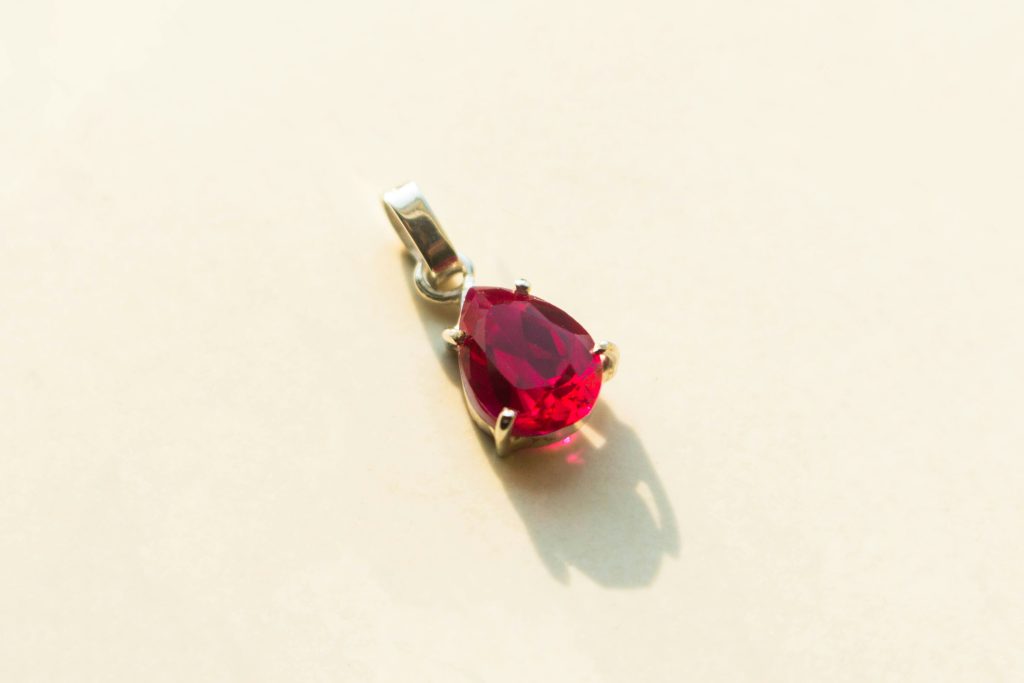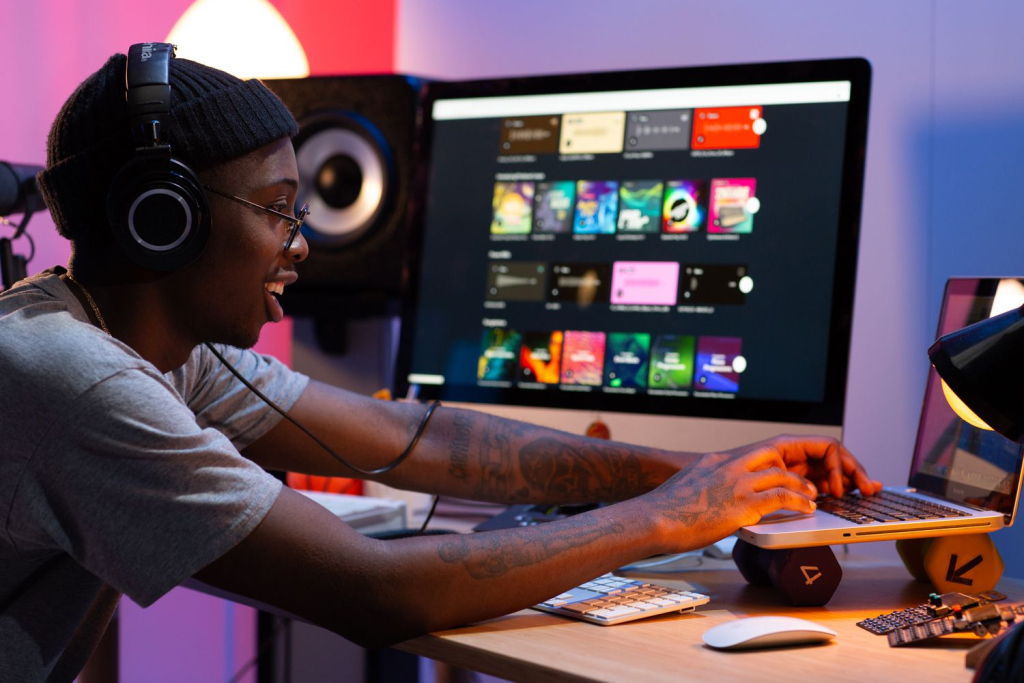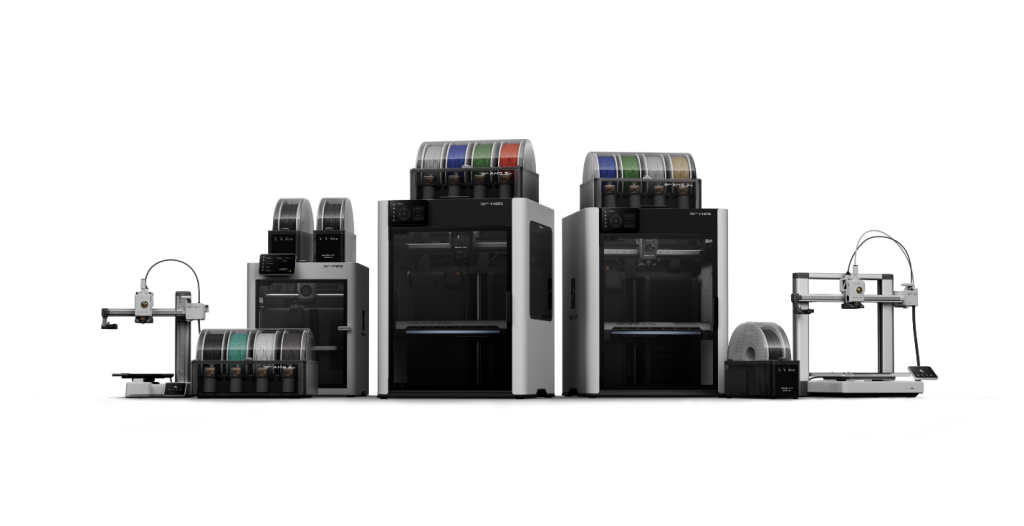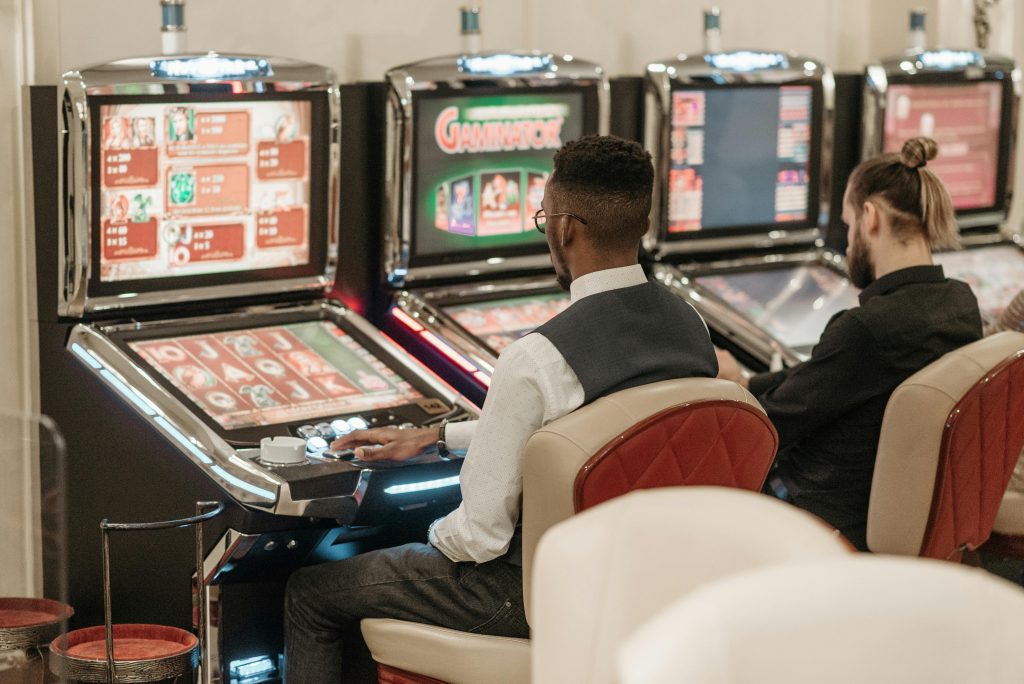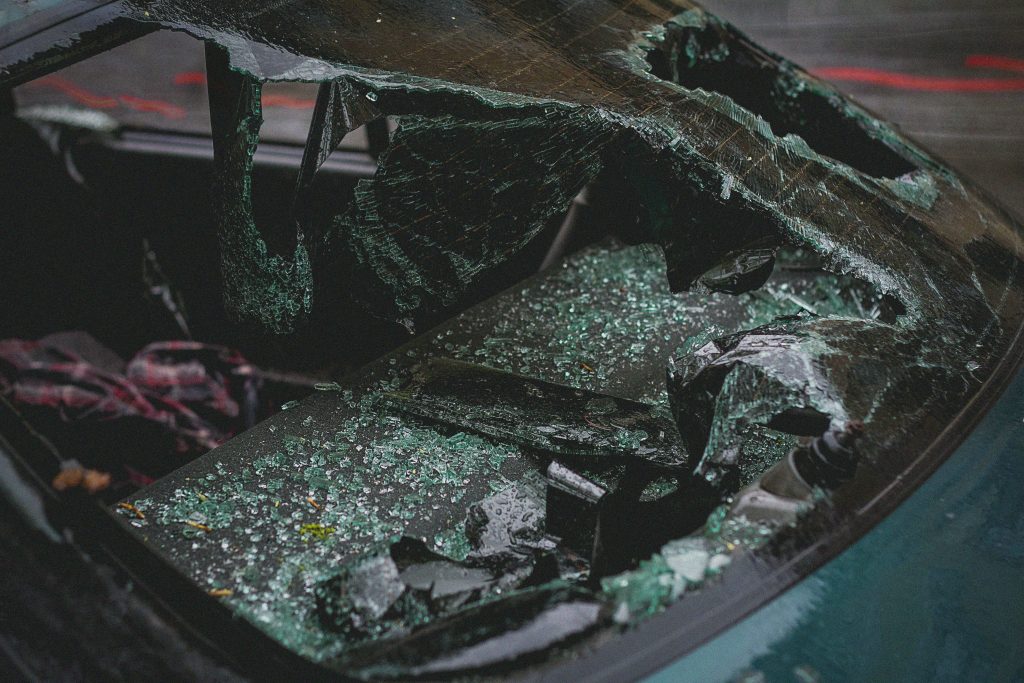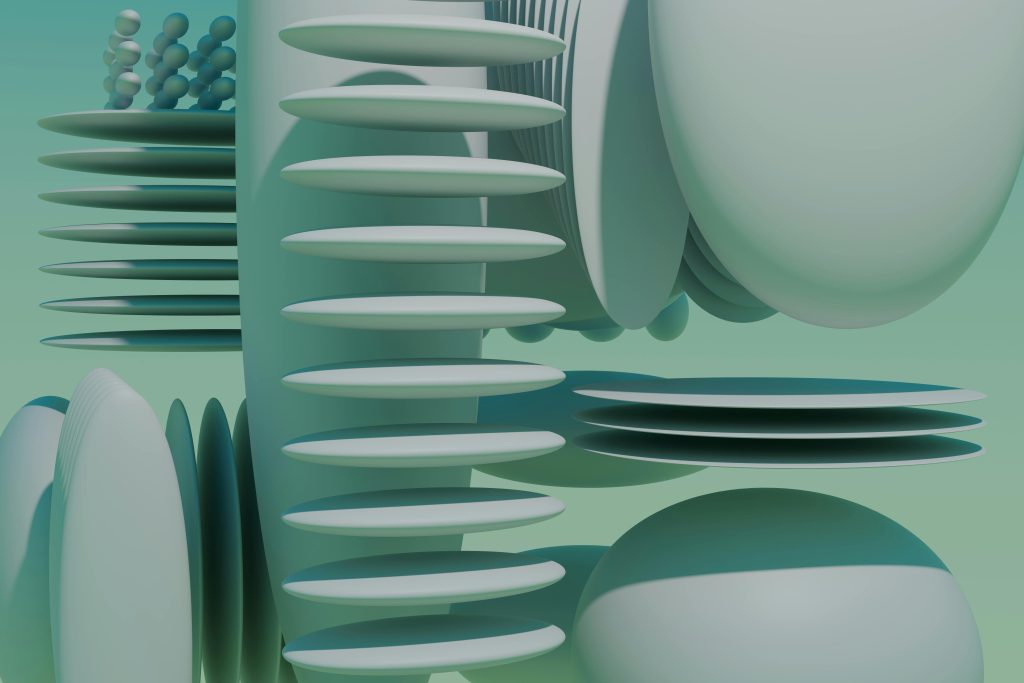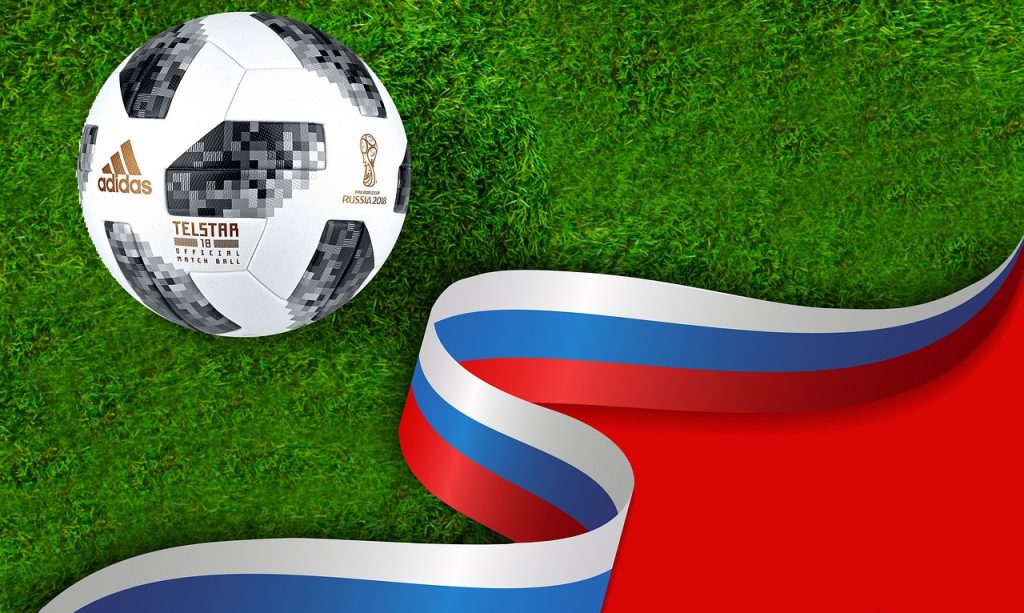For years, diamonds and gemstones have symbolized commitment. Wedding and engagement rings. Gifts to parents and partners. Gifts to oneself to acknowledge the end of arduous journeys and transitions. When you use jewelry to mark a commitment, authenticity must be implicit.
Rubies, in particular, have long been synonymous with courage and passion. Partly because of their glorious color and also due to their rarity, these gemstones have been beloved and sought after across the globe. Consequently, the incidence of fraudulent activity has also increased.
Since most buyers are unlikely to be jewelry experts, they may end up with an inauthentic purchase that costs them a small fortune. We have three tips to help you with selecting the perfect ruby for the occasion, as genuine and pure as the meaning you attribute to it.
1. Run The Three Tests of Color, Light, and Hardness
You don’t need to be an expert for this, but it’s the first course of action while considering buying one of the world’s most precious gemstones. If one of these parameters is off, you should be on your guard.
- Color: Roses are red, rubies too—but the vividness of the red can indicate how valuable the gemstone is. Pure, natural rubies tend to be vibrant red. A consistent, balanced red color will mean a more expensive gemstone compared to unevenly colored alternatives.
- Light: Shine a light source on the ruby. Does it glow and maintain its luster? It should continue to glow under artificial light and sunlight. If you have access to UV light, you can check whether the ruby fluoresces, i.e., emits a glow. You can often see fluorescence under UV light in natural rubies due to the presence of chromium.
- Hardness: Rubies, for all their elegance and sophistication, are also very robust. Their hardness makes them suitable for bracelets. Wrist accessories often get knocked around as you go about your day. To be clear, we don’t recommend banging the ruby against the wall! However, you can gently assess if it looks flimsy.
Since these tests have a significant degree of subjectivity, you may not know whether to trust your instincts. Typically, renowned brands issue industry-accepted or in-house certificates that can alleviate fears about potential fraud.
2. Leibish Recommends Gemologist-Vetted Ruby Jewelry
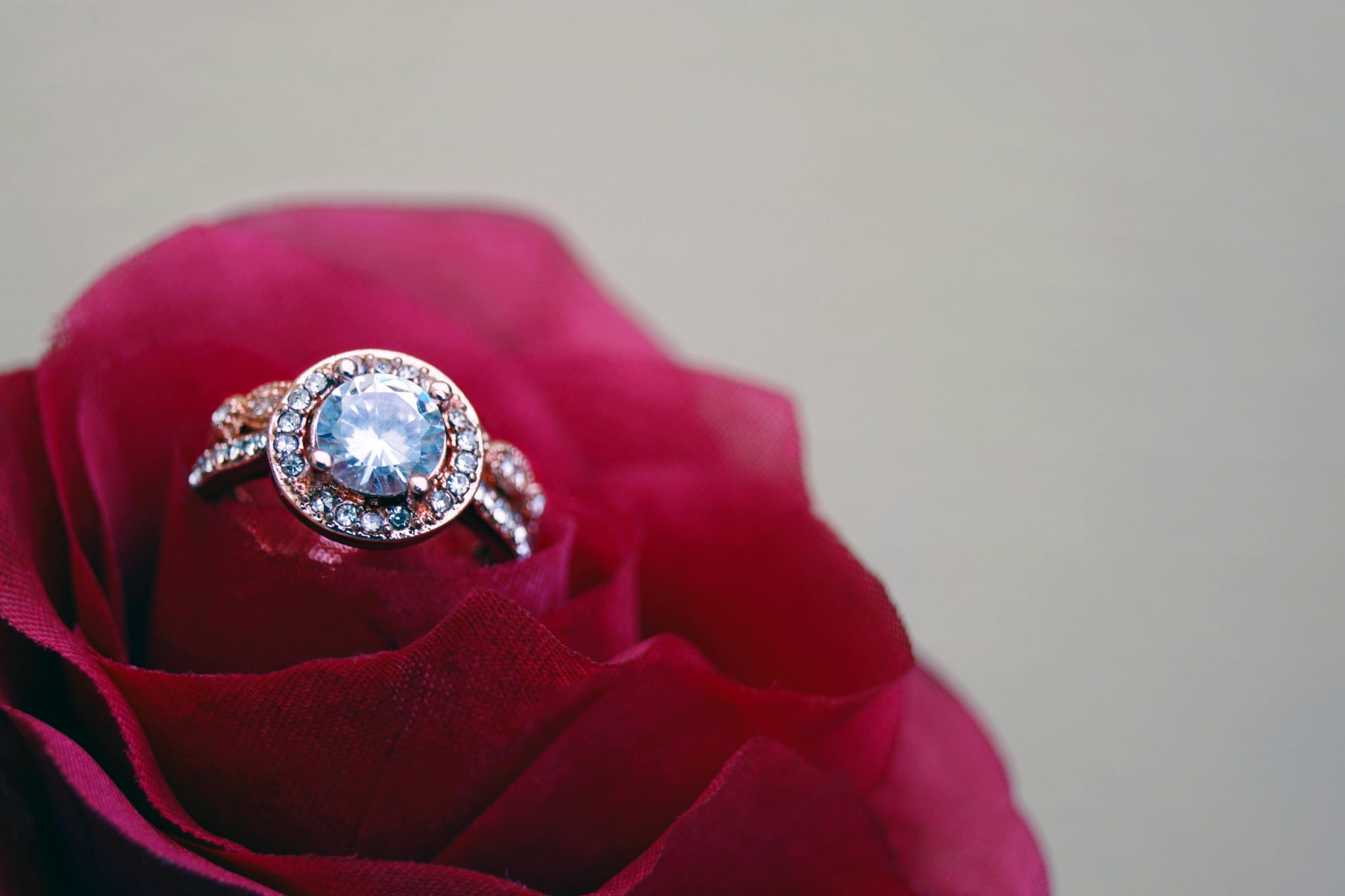
Rubies have characteristic properties that may be difficult to distinguish through visual inspection alone. For example, the optic response of the gemstone will differ across natural and lab-made stones. Gemologists can determine the authenticity of the material by using specialized equipment, like electronic gem testers.
Some specialists prefer to conduct Raman spectroscopy to assess the authenticity of rubies. This method employs a laser to check the light patterns emanating from the gem. This testing is thorough and accurate. It can tell the professional about the possible origin (down to the specific mines) of the ruby. They can also compare the gem with other established ones in the database to get more insights.
Such testing is a definitive method to ascertain if your ruby is natural or lab-made—the latter will not have inclusions that exist only in naturally formed gemstones. Spectroscopy is also a reassuring test to rule out the possible presence of harmful chemicals.
A 2023 study published in Science of the Total Environment examined jewelry samples from Paso del Norte, a region between the US and Mexico. It used XRF, or X-ray fluorescence spectroscopy, for the assessment.
Startlingly, the researchers found nickel in almost half of the samples. Nickel magnifies the risk of contact dermatitis, particularly in children who love putting their mum’s attractive earrings and bracelets in their mouths!
3. Judge How You Feel About Lab-Grown Rubies
In the current jewelry market, you can find many lab-grown diamonds and gems. They are not rare, which makes them far less expensive. However, it is challenging to distinguish them from their natural counterparts at a glance.
One limitation of procuring synthetic rubies is their limited resale value. Moreover, some people feel the impact and associated meaning are not the same.
A recent survey conducted by Qualtrics found that 49% of customers are not confident in differentiating lab-grown diamonds from natural ones. The same percentage would also prefer a natural stone when given the choice between otherwise identical ones.
Admittedly, things are getting complicated.
Last year, the BBC reported on the “world first” ruby created in a laboratory. A jewelry design researcher at the University of the West of England in Bristol kick-started the growth using a chemical technique. So, a small fragment of ruby (a ruby “seed” from waste offcuts) grew into a full-sized gemstone.
The process claims to mimic the natural growth of mined gemstones but in a lab setting, thereby offering environmental sustainability and speed. What do these developments mean for the natural versus synthetic versus lab-grown-from-natural-seed gemstones debate?
It may be worthwhile to introspect on your feelings about this dynamic and go with what feels right. Perhaps a delicate but passionate ruby speaks out to you and the bond you wish to seal. Maybe you’d rather have a wedding tattoo.
A great deal has changed in our world over the years, from how we perceive work to the amount of multitasking we do every day. Among the few things that have prevailed are the comfort of a strong relationship and the desire to seal it with a commitment.
Rubies remain excellent choices for such occasions, whether you give them to a partner, a parent, or yourself. The additional effort in verifying their authenticity can be mentally reassuring and emotionally rewarding.


